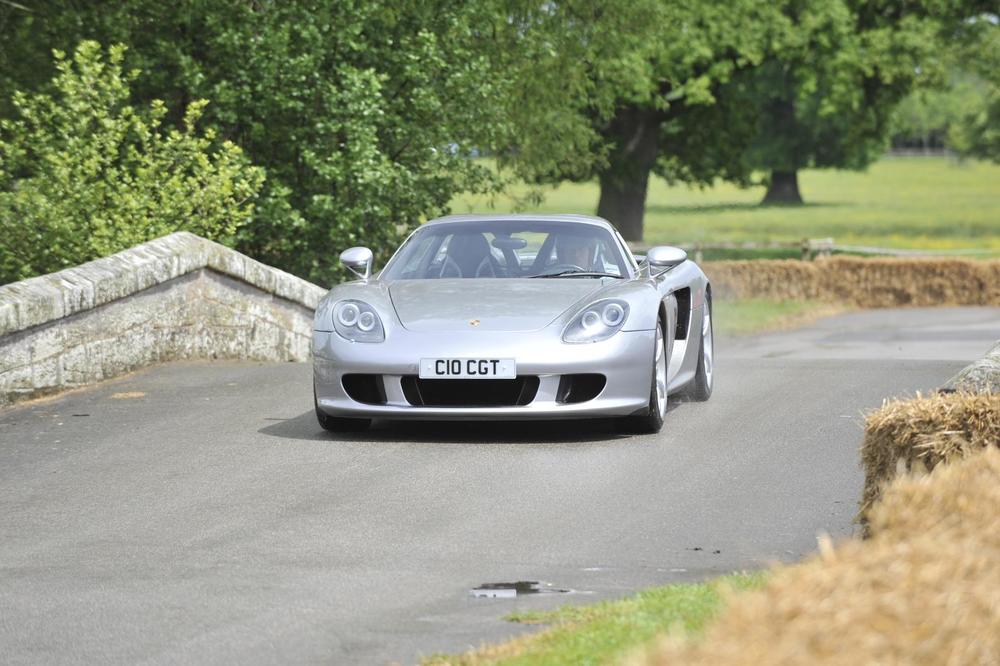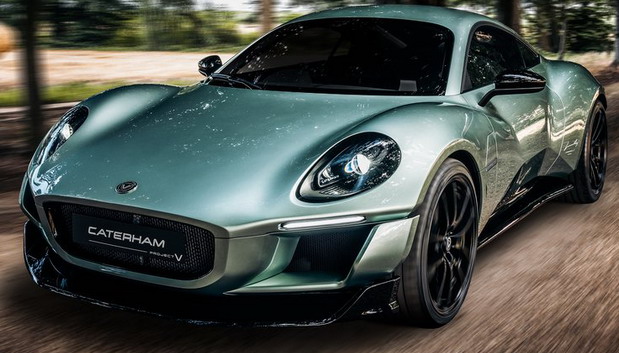Supercar with 'soul' F1
The word supercar makes you dream. Soon come to the imagination models with overwhelming powers and performances, works of art with wheels and steering wheel that are within reach of few, very few ... or at least away from the hands of most of us.
Over the years many models have been developed with the emphasis on supercars and among them some propelled with engines derived directly from Formula 1, something that further depletes our imagination and its degree of exclusivity.
In this sense, know some examples with an F1 heart going through the gallery above or seeing the topics below. There is the note, there may be surprises ...
The word supercar makes you dream. Soon come to the imagination models with overwhelming powers and performances, works of art with wheels and steering wheel that are within reach of few, very few ... or at least away from the hands of most of us.
Over the years many models have been developed with the emphasis on supercars and among them some propelled with engines derived directly from Formula 1, something that further depletes our imagination and its degree of exclusivity.
In this sense, know some examples with an F1 heart going through the gallery above or seeing the topics below. There is the note, there may be surprises ...

Alfa Romeo 164 Procar: was born in 1988 with the objective of competing in the Procar single-stage championship after leaving BMW, but this never happened and only one unit was finalized.
In essence, we speak of a 'Formula 1' lined with a body of an Alfa Romeo 164, given that it had a Brabham chassis and a weight of 750 kg. The engine was a 3.5l V10 to charge 608 hp. The 100 km / h goal was reached in 2.8s.
In essence, we speak of a 'Formula 1' lined with a body of an Alfa Romeo 164, given that it had a Brabham chassis and a weight of 750 kg. The engine was a 3.5l V10 to charge 608 hp. The 100 km / h goal was reached in 2.8s.


Ferrari F50: Equipped with a 4.7l V12 engine derived from the block of the Ferrari 641 used in Formula 1 in 1990. In numbers, 520 hp and a record of 3.7s from 0 to 100 km / h.
produced between 1995 and 1997 were made only 349 units.
produced between 1995 and 1997 were made only 349 units.


Ford Supervan 3: is what you could call a "Formula 1 van." It fitted a Cosworth HB V8 3.5l engine with a power of 650 hp.
the model, introduced in 1994, aimed to promote the new generation of Ford Transit.


Lexus LFA: produced between 2000 and 2012, the model equipped a 4.8-liter V10 engine to deliver 560 bhp.
the block derived from the period in which Toyota was in Formula 1. The registration from 0 to 100 km / h was 3.6s


Porsche Carrera GT: It had a 5.7-liter V10 engine originally thought of for the Footwork team in Formula 1 during the nineties. In 1999 the block was still in route to be used in the 24 Hours of Le Mans, however, the regulation was changed and the engine was 'there'.
After all this, the brand focused on the design of the Cayenne and with the return got bet the chips in the Carrera GT that eventually equipped the engine. Under the hood we speak of 612 hp of pleasure. It was produced between 2003 and 2007.
After all this, the brand focused on the design of the Cayenne and with the return got bet the chips in the Carrera GT that eventually equipped the engine. Under the hood we speak of 612 hp of pleasure. It was produced between 2003 and 2007.


Renault Espace F1: Revealed in 1995, the model was developed in partnership with Williams. The aim was to commemorate the 10 years of Espace along with the involvement of the brand in Formula 1, as a supplier of engines.

Under the bonnet was a 3.5l V10 block of the Renault-Williams FW15C used in the Formula 1 World Championship in the early 1990s. The power was 820 hp and the goal of 100 km / h was reached in 2.8s. The engine was placed between the two rear seats, literally in plain view. The model remains today at the Matra Museum in France.

André Duarte, Portugal

Nenhum comentário:
Postar um comentário